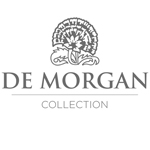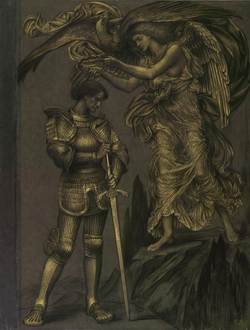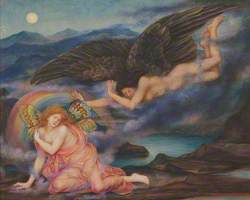How you can use this image
This image can be used for non-commercial research or private study purposes, and other UK exceptions to copyright permitted to users based in the United Kingdom under the Copyright, Designs and Patents Act 1988, as amended and revised. Any other type of use will need to be cleared with the rights holder(s).
Review the copyright credit lines that are located underneath the image, as these indicate who manages the copyright (©) within the artwork, and the photographic rights within the image.
The collection that owns the artwork may have more information on their own website about permitted uses and image licensing options.
Review our guidance pages which explain how you can reuse images, how to credit an image and how to find images in the public domain or with a Creative Commons licence available.
Notes
Add or edit a note on this artwork that only you can see. You can find notes again by going to the ‘Notes’ section of your account.
Evelyn responded to the horror and futility of the First World War with a series of works that attempted to come to terms with the conflict between good and evil. This painting takes its title from the then relatively new Morse code cry for help. The literal translation of the message ('save our souls') also conveys a sense of what is really at stake here. The sole female figure in white robes symbolises the innocence of the victims of war. She stands upon a solitary rock, hands outstretched and her eyes turned towards heaven, seeking both physical and spiritual deliverance from her plight as she is besieged by thundering waves and a myriad of sea serpents. Dragons and sea monsters are often used in Evelyn’s symbolist lexicon to reference evil and death.
Evelyn maintained her own faith to the end – the De Morgans’ joint tombstone reads ‘Sorrow is only of the Earth, the life of the spirit is joy’.
Title
SOS
Date
1914–1916
Medium
oil on canvas
Measurements
H 93.4 x W 65.5 cm
Accession number
P_EDM_0056
Acquisition method
gift
Work type
Painting











